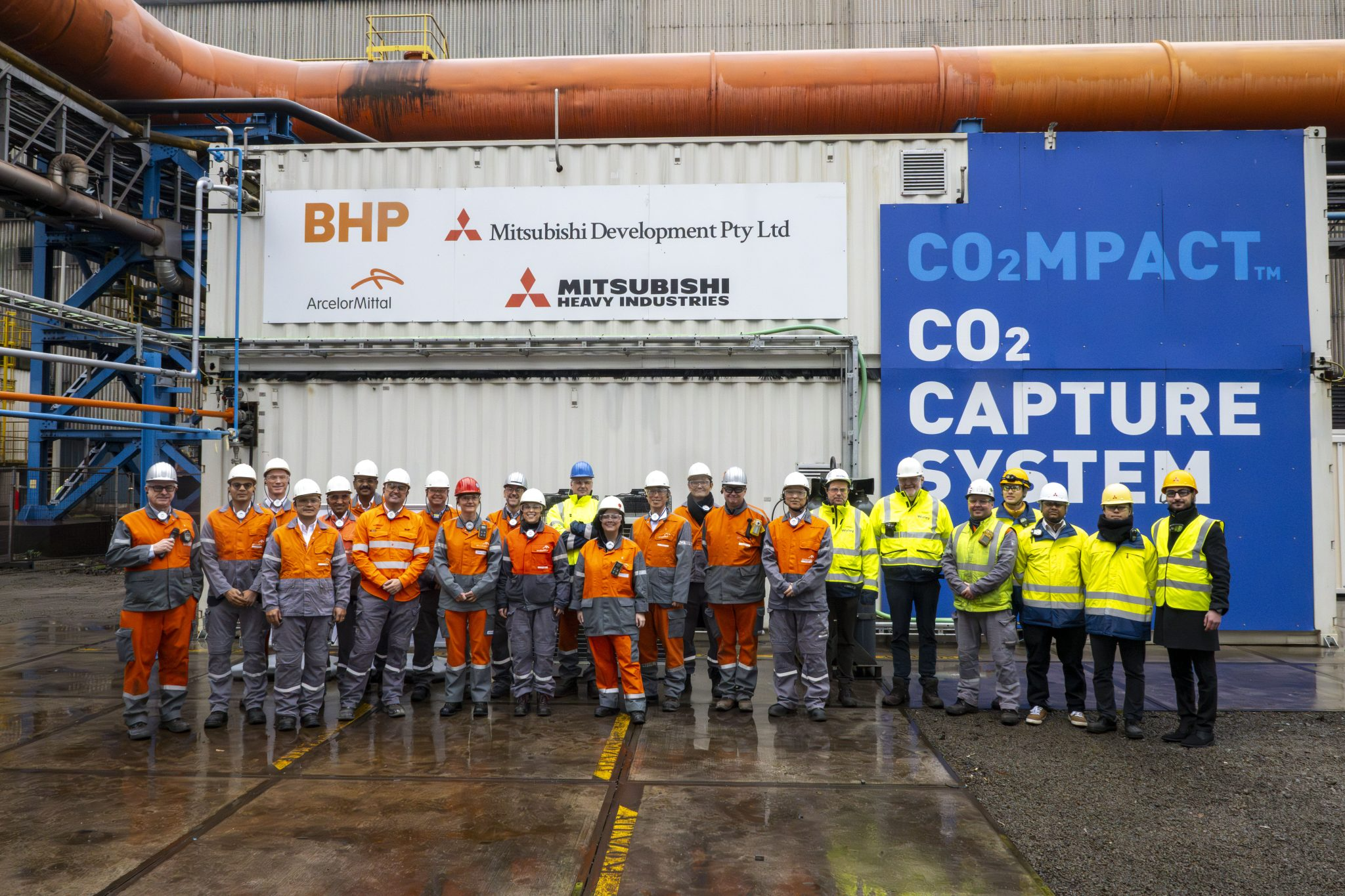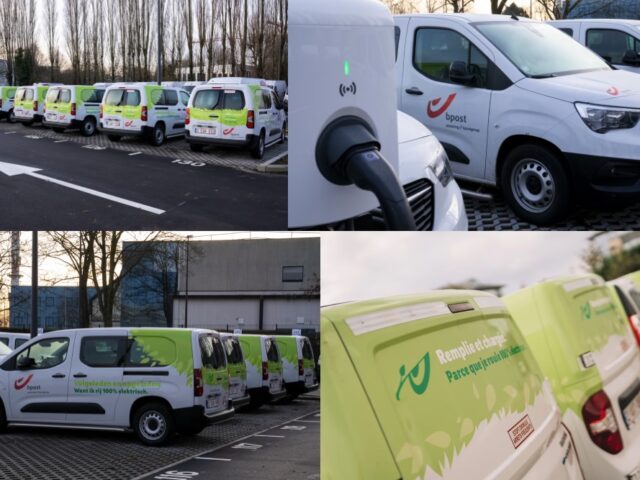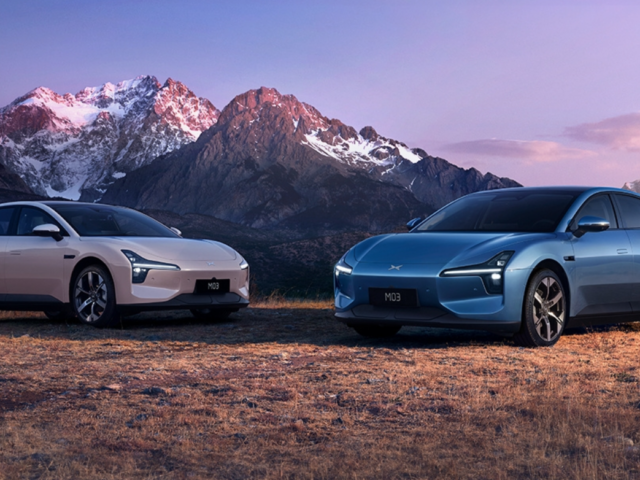Engineers at ArcelorMittal have launched a pilot plant in Ghent to capture CO2. The plant in Ghent is the first of its kind in the European steel industry. It is an important step toward greening the polluting steel industry.
For all that, the Flemish government is raising support for the steel company from 350 to 600 million euros through loans through Finocas, the joint venture between the steel company and the Flemish region.
300 kg of CO2 captured per day
Over the next one to two years, ArcelorMittal Ghent will test whether it is commercially feasible to capture carbon and thus no longer emit it into the atmosphere. The captured CO2 – 300 kg per day – should, among other things, be stored in the soil.
This would be done in many empty oil and gas fields in Norway, as there are no suitable sites for it in Belgium and the region. Earlier this year, the Flemish and federal governments concluded a cooperation agreement with the country.
The pilot plant in Ghent will initially be tested with blast furnace gases and gases from the hot strip mill’s reheating furnaces. Over time, other emissions gases may also be captured.
Not only ArcelorMittal but also two subsidiaries of the Japanese multinational Mitsubishi—Mitsubishi Heavy Industries Engineering (MHIENG) and Mitsubishi Development—are investing in the plant. BHP, the world’s largest mining company, is also participating in the project.
CCUS
The test in Ghent will consist of two phases. First, top gas from the blast furnace will be captured at a rate of about 300 kg CO2 per day. In a second phase, ArcelorMittal also plans to separate and capture the CO2 in the gases from the reheating furnaces of the hot strip mill. There, a mixture of industrial gases, including coke gas, blast furnace gas, and natural gas, will be burned.
The principle of CCUS (Carbon Capture Utilization and Storage) is not new, but nowhere has it been applied to blast furnaces. However, a handful of pilot projects are in the pipeline worldwide. In Ghent, carbon-rich process gases from blast furnaces are also converted into ethanol. That Steelanol plant has been operational since 2022.
Apart from this sustainable installation, another climate investment amounting to over 2 billion euros was announced in 2021. In time, two blast furnaces would run on electricity, and there would be a so-called DRI plant. Although an ArcelorMittal site in Dunkirk, France, is also interested in such a plant, the steelmaker’s international headquarters is still studying where to build it first.
Belgium vs. France
Blast furnaces devour large quantities of fossil fuels, making the steel industry one of the most polluting industries in the world: estimated to account for 7 to 9% of global CO2 emissions and significant air pollution.
ArcelorMittal is committed to producing climate-neutral steel by 2050. To this end, it receives support from the EU, which aims to achieve an annual CO2 storage capacity of 50 million tons by 2030.
But the Belgian and Flemish governments are also courting ArcelorMittal Ghent to keep that billion-dollar investment in new sustainable DRI furnaces in the port of Ghent. Indeed, the French government is reportedly waving a monster subsidy of a billion euros to transfer it to France.
Increased support from Flanders
The Belgian government, which has already released 280 million euros of support for the plant in the form of a direct grant and a soft loan, now has a ‘letter of intent’ ready with which it wants to convince the steel giant to choose for Belgium after all. Crucial to this is a discount on energy bills. Since the extension of the nuclear power plants, the government owns half of them, allowing it to offer power to companies itself.
And the Flemish government will also increase support for ArcelorMittal Ghent from 350 to 600 million euros. With loans through Finocas, the joint venture between the steel company and the Flemish region, the investment will be used to decarbonize the steel plant. According to Flemish Finance Minister Matthias Dependable (N-VA), the investment fits into the broader plan to make the steel industry in Flanders more sustainable.
The Flemish government previously decided, in 2021, to support the decarbonization process at ArcelorMittal Ghent through a loan. Initially, 350 million euros in loans were provided by Flanders. This will now be increased by 250 million euros to 600 million euros. ArcelorMittal itself is also making a capital increase of 250 million euros at Finocas.
ArcelorMittal itself has 4,500 employees at the Ghent site and indirectly provides 1,100 employees at contractors on the site. The company has sites in Liège, Geel, and Genk. It has some 5,800 employees in Belgium.
For €567 million free allowances
A recent report by Greenpeace shows that 4,4 billion euros a year flow from the treasury to Belgium’s most polluting companies. This includes free emission rights under the European Emissions Trading Scheme (ETS), compensation for indirect emission costs, exemptions for excise duties on gas and electricity, and contributions for green electricity or hydropower certificates.
The value of free allowances in 2022 was highest at ArcelorMittal Ghent, according to Greenpeace: more than 567 million euros. That is twice as much as the second company in the table, BASF Antwerp.
The Luxembourg-based ArcelorMittal, the second largest steel producer in the world, posted a net profit of 938 million dollars, or 876 million euros, in the first three months of this year, the quarterly figures show. The group had been in the red at the end of last year, mainly due to a major fatal accident at an ArcelorMittal-operated mine in Kazakhstan. In addition, raw material and steel sales prices then also fell into negative territory, and steel demand decreased.




Comments
Ready to join the conversation?
You must be an active subscriber to leave a comment.
Subscribe Today